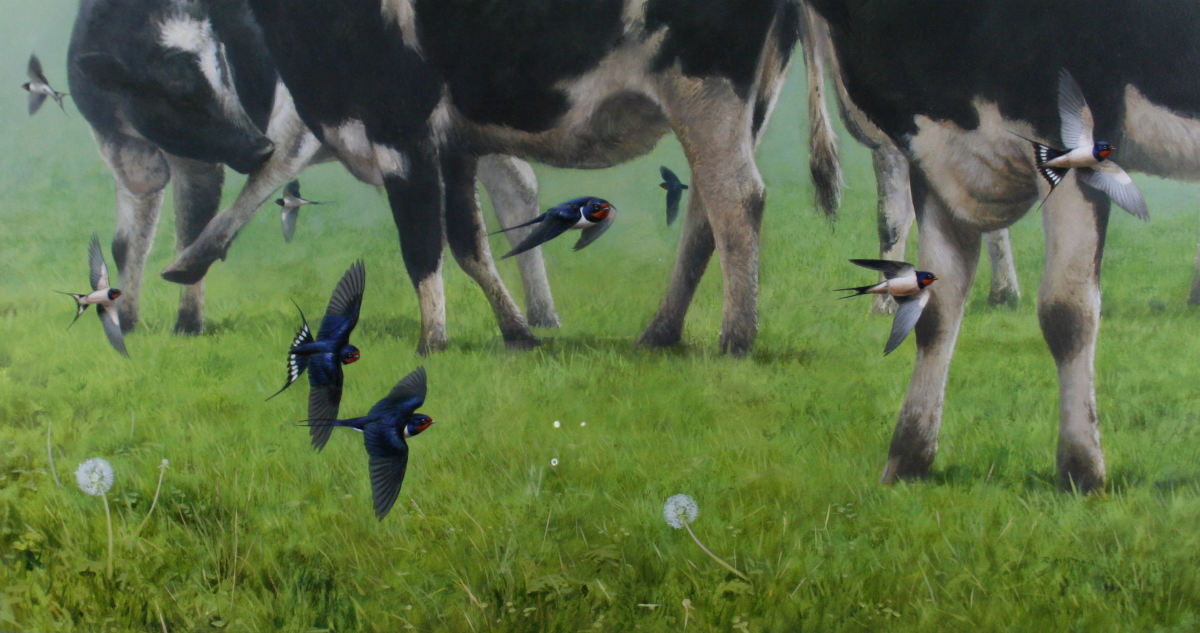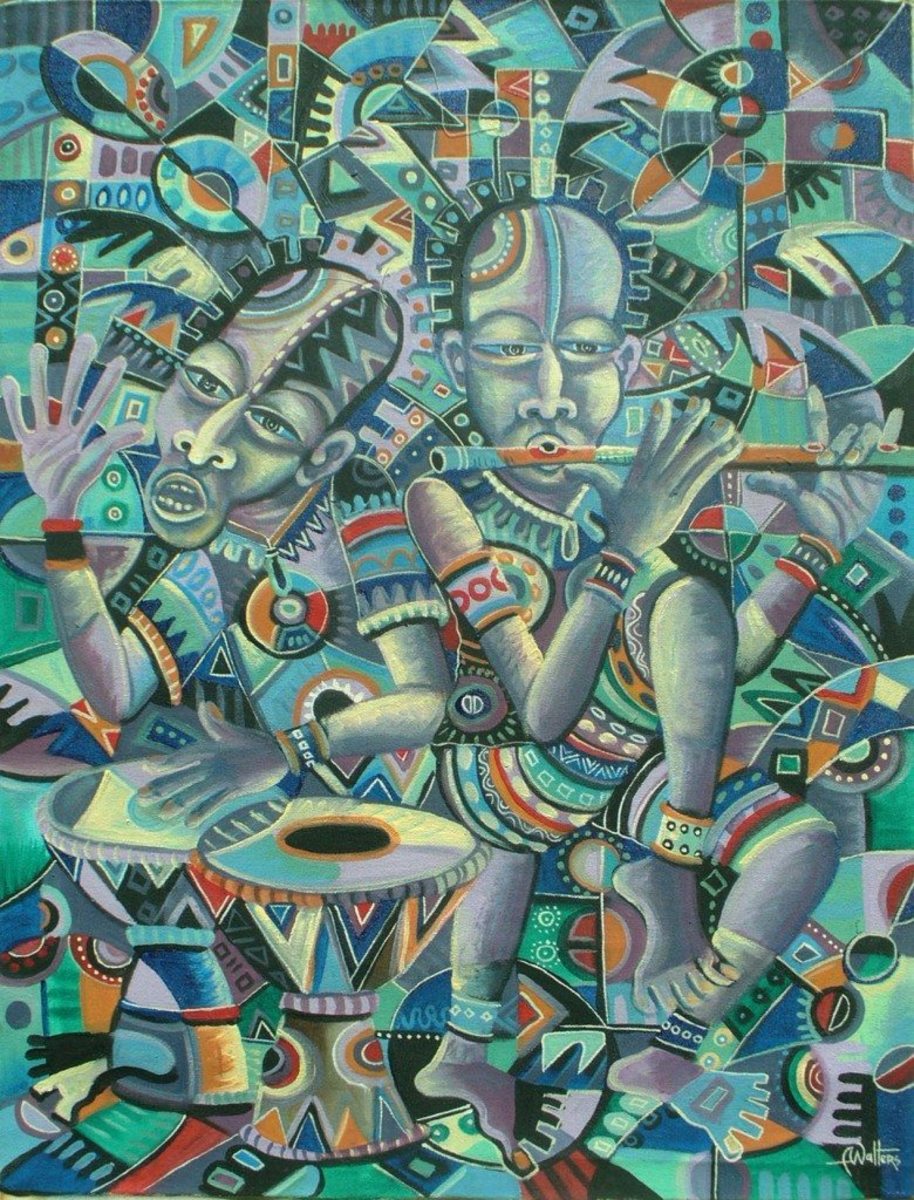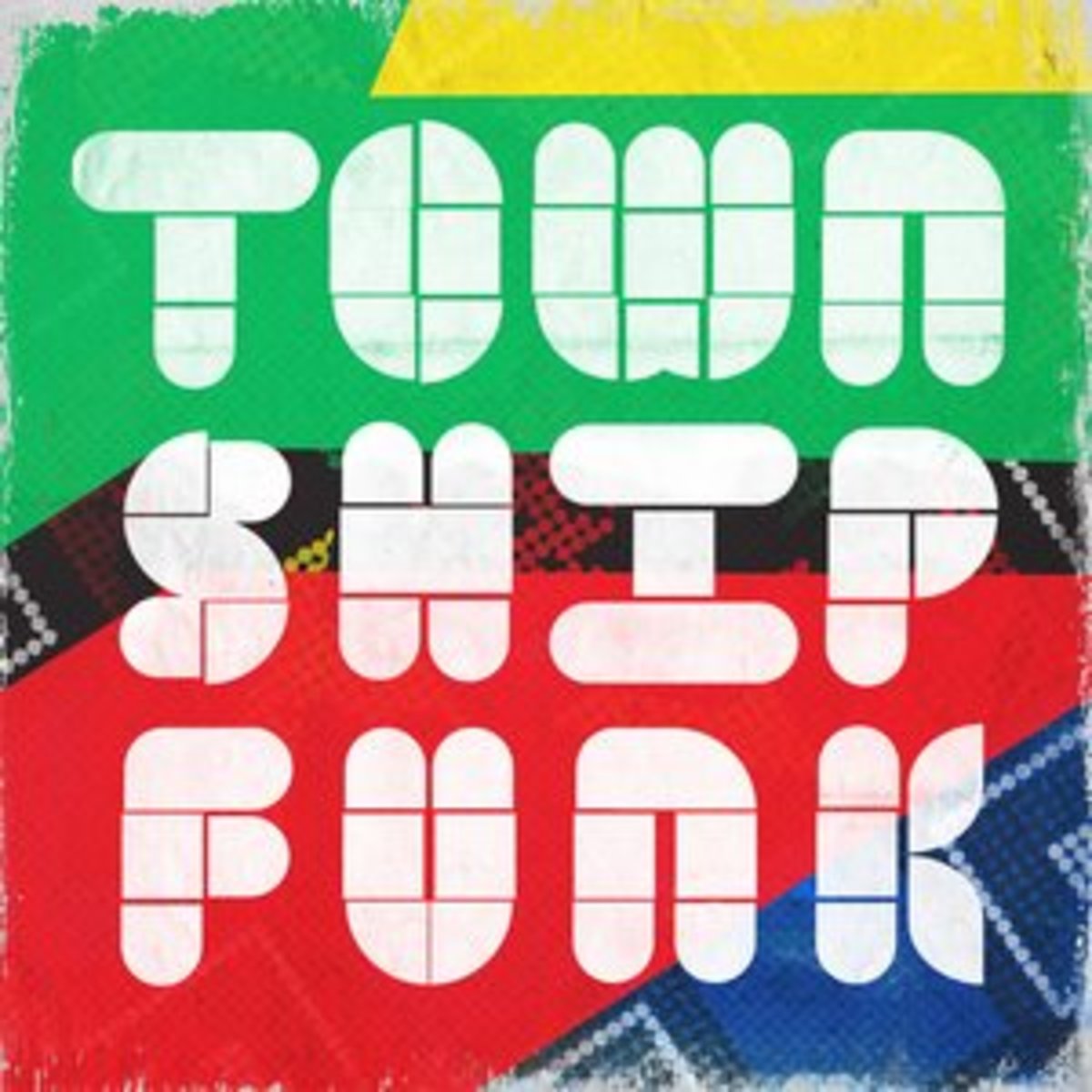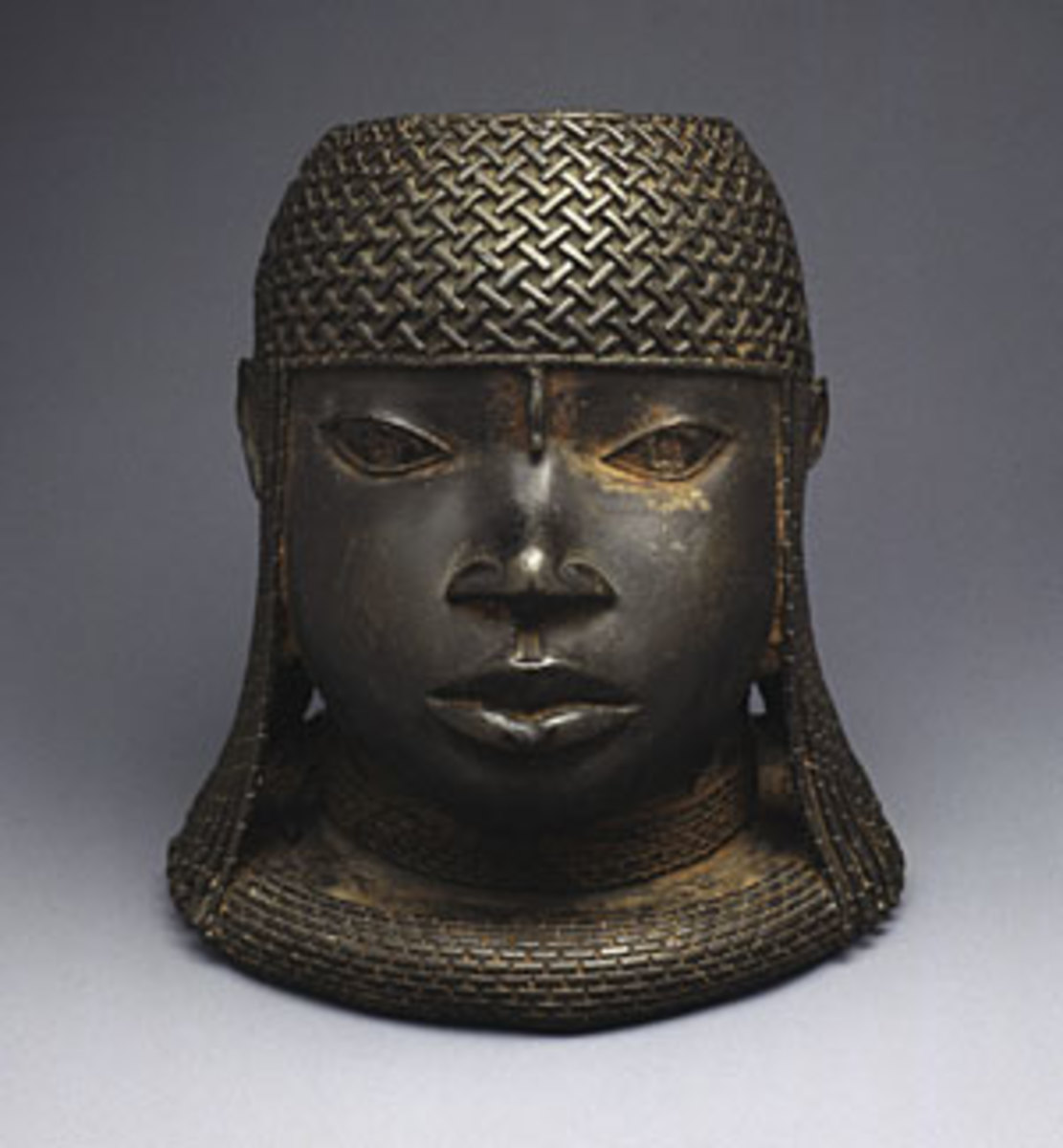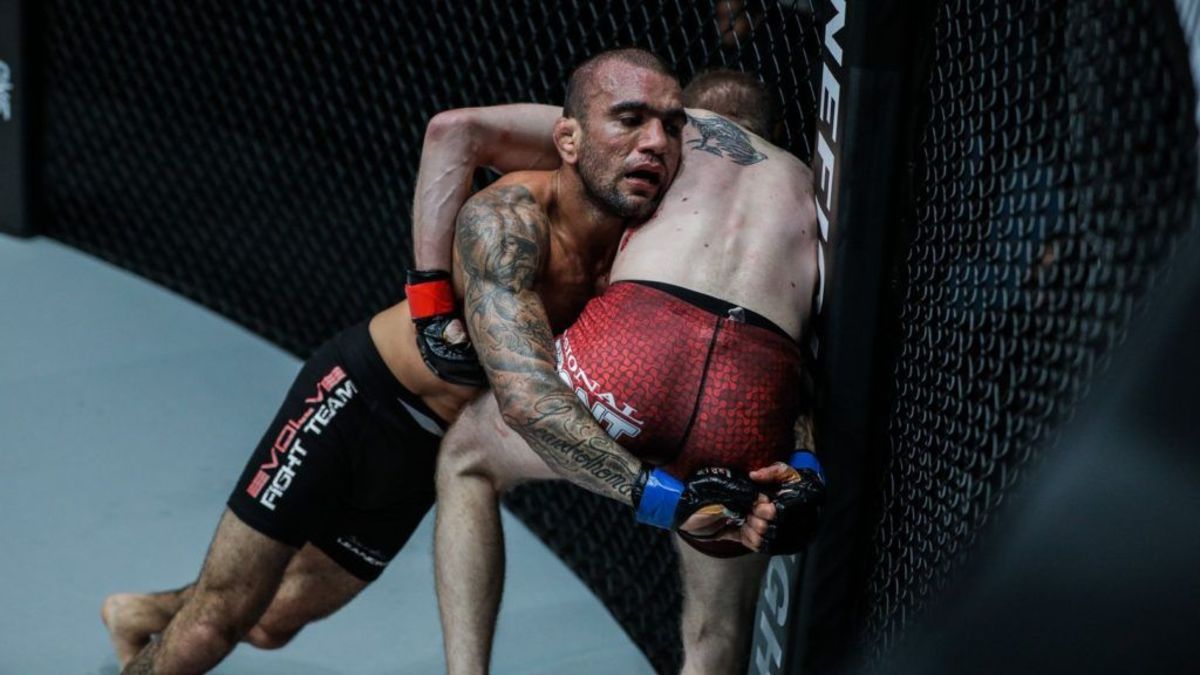Caster Semenya's sex – a human rights issue?
Does facial hair indicate masculinity?
One of my great-aunts had a beard and moustache, but I don't recall anyone ever calling her sex, or her gender, into question, I spite of the fact that she, although married, didn't have any children.
She died when I was still young, but I still vividly remember how I used to hate going to the house she shared with my other great-aunt, Hetty, in Tamboers Kloor, Cape Town. I was terrified of Aunt Minah.
The sisters, one widowed and one a spinster, lived together for many years in the house bought originally by their father, the Rev Andrew McGregor of Robertson, Cape, which he had called “Rob Roy Villa”.
This memory of two old ladies in Cape Town was revived in the current furore over the sex of middle distance runner Caster Semenya, whose sex has been questioned by many commentators, and indeed, the International Amateur Athletics Federation (IAAF), which has initiated gender tests on Semenya, after her record-breaking 1 minute 55.45 seoncds run in the 800 metre race at the World Athletic Championships in Berlin last week..
This has inevitably raised the issue of race, which is almost always present in sport in South Africa. During the apartheid era the government lavishly supported sport codes favoured by whites, while allowing those favoured by blacks to languish in not-so-benign neglect. As a result rugby and cricket flourished among whites while black rugby, cricket, field hockey, tennis, swimming and athletic sports people had to make do with second or third rate facilities.
It is hardly surprising, then, that many in South Africa see racism in the case of Semenya.
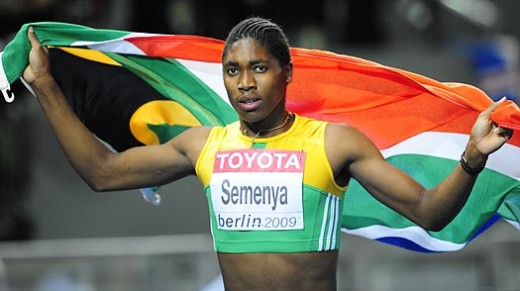
- http://www.pretorianews.co.za/?fSectionId=&fArticleId=vn20090827105523862C502400
Mokgadi Caster Semenya was let down badly by Athletics South Africa (ASA) president Leonard Chuene, by ANC Youth League president Julius Malema and by Winnie Madikizela-Mandela. They should be ashamed of themselves.
Racism or not?
The head of athletics in South Africa, Leonard Chuene, was reported this week as saying, "It would not be like that if it were some young girl from Europe. If it was a white child, she would be sitting somewhere with a psychologist, but this is an African child."
Historically that is not true, though, as the cases of, for instance, Tamara and Irene Press of the Soviet Union, who were known to their detractors as the “Press brothers”, as well as Santhi Soundarajan, have in recent years had similar problems.
It goes even further back than that for in the 1932 Olympics Stella Walsh (real name Stanisława Walasiewicz) won gold for Poland in the 100 metre sprint in a time of 11.9 seconds. Ironically she was beaten in the 1936 Olympics by US athlete Helen Stephens who herself had to undergo a genital inspection to prove that she was in fact a woman. When Walsh died in 1980 it was discovered, in an autopsy, that she had under-developed male genitalia.
Perhaps the most infamous case of gender-bashing was the description by Martina Hingis of Amélie Mauresmo as a “half man.”
In the case of Semenya the tragedy is that most of the furore could have been avoided if the two sporting bodies involved had done their work properly. Firstly Athletics South Africa (AS) should have been more pro-active in dealing with the doubts about Semenya's sex, as questions have arisen about her ever since she began to show her exceptional running ability. ASA should have done thorough testing of their own and have been able to present their findings to the IAAF. The IAAF should never have made so public, in so insensitive a manner, that they were going to do these tests. It has caused Semenya unnecessary pain and has unleashed a huge uproar of disapproval in South Africa, where western arrogance is seen to be at work.
Indeed the issue is now seen as a human rights one in South Africa. The chairperson of the Parliamentary sports committee, Butana Komphela, has been quoted as saying that the committee would refer the matter to the United Nations Commissioner for Human Rights.
Khompela was quoted as saying, "Just because she is black and she surpassed her European competitors, there is all this uproar."
This is all so sad, and so unnecessary. However, to me there is a bright side and that is that South Africans are uniting behind Semenya, both white and black coming out in her support. A column in the Johannesburg newspaper The Star at the weekend was headlined “If Semenya's a man then the Wallabies are a bunch of girls.” This is a reference to the Australian rugby team which came to South Africa to compete in the Tri-Nations Tournament and were thoroughly beaten by the South African team, the Springboks.
In his column, the writer, Kevin Ritchie, remarked, “Part of me wonders whether the chromosomes didn't get lost in the jeans this week.”
Even the leader of the Democratic Alliance, the official opposition in the South African parliament, Helen Zille, who doesn't often find much to agree with the ruling African National Congress, was vocal in her support of Semenya. In the blogosphere too comments are overwhelmingly in support of Semenya.
Perhaps her mother should have the final word about this remarkable young woman, who is after all only 18 years old and from a deeply rural part of the country. Semenya's mother Dorcas said of those who question her daughter's sex, "They are jealous. I say to them, go to hell, you don't know what you're saying. They're jealous because they don't want black people improving their status."
All I can say is “Go, Caster, Go!”

